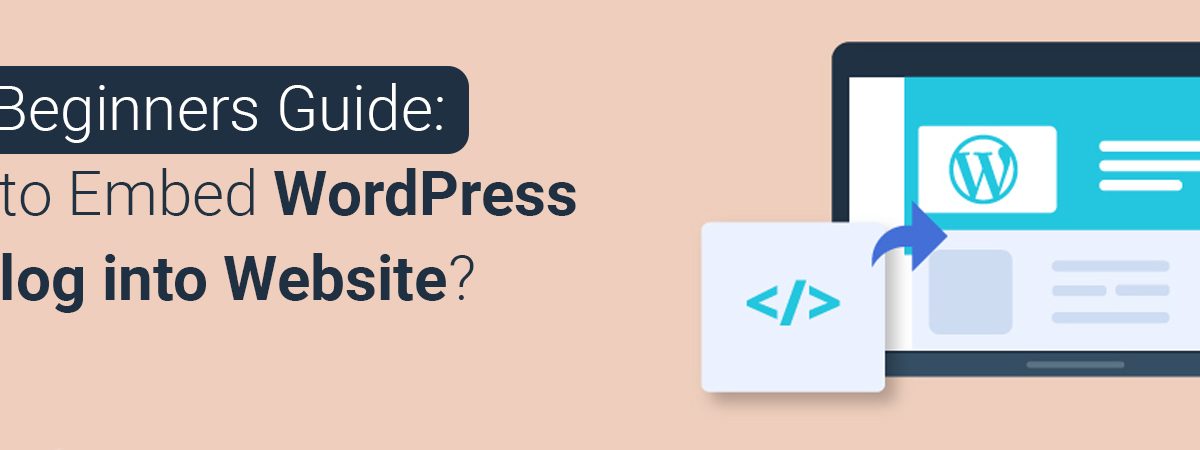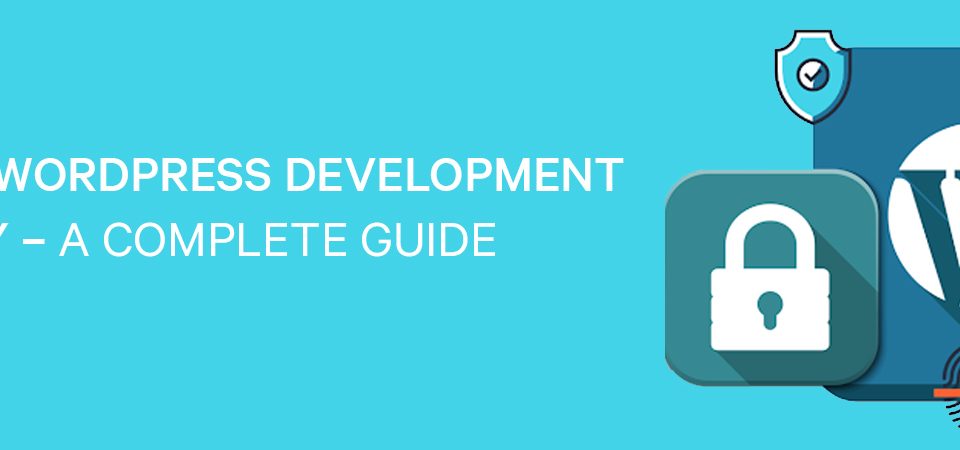
embed wordpress blog into website
WordPress started its existence as a blogging platform, but over the years it has been evolved into a robust and popular content management system (CMS). With the use of themes, plugins, and widgets, the platform can be used as an effective tool to execute and manage your entire website. Today, WordPress Development has emerged as a complete content management system preferred by 60 million websites and it roughly manages 22% of the top ten million sites on the web. That’s some sort of impressive data management resource to embed WordPress blog into website.
However, if you already have a website embedded with some other CMS? But suppose you want to embed WordPress blog into website…how would you do it? Well, there are various options to integrate a WordPress blog into your website that requires an instant approach to publish your blog.
Embed WordPress Blog into Website Steps
Steps to Embed WordPress Blog into Website |
|---|
Here we have listed with details how you can embed your WordPress blog in your website.

Step 1: Start from Scratch
Before proceeding ahead, keep in mind that if you want to embed a WordPress blog into your website requires certain stages to complete your website. As a complete CMS, WordPress triggers the WWW. You can start using the free version of the WordPress hosting platform, or you can set up WordPress as an overall content management system. Always remember that you’ll need your domain name and hosting service before proceeding ahead.
Based on your current CMS, you’ll be able to export your site settings and content placements. By navigating your dashboard, you can look for export or backup feature and save the packet to your computer. Then, on your WordPress dashboard go to Tools and select the Import option. Locate and click the packet you downloaded from your existing site. And, it may not seem the same, and it might need a bit of fine-tuning. Although the WordPress Dashboard is incredibly user-friendly and insightful, it won’t take too long to embed WordPress blog into website.
NEED HELP?
GET OUR SPECIALIZED WORDPRESS DEVELOPMENT SERVICES
Step 2: Link to Your WordPress Blog
The foremost option involves building a simple link on your site that will capture visitors to your blog. You can create a tab on your homepage, a sidebar, and embed a hyperlink in your text. In this way, your visitors will come to know they’ve just clicked on a new site. Although, it’s not necessary to do this, it’s your choice.
See Beginners Guide: 6 Phases of Website Development Process?
Step 3: Integrate Your WordPress Blog
This step requires a certain element that needs to be considered by every blogger, some people think using iframe and integrating objects is not good for your search engine optimization (SEO) of your website. Firstly, you must do some research and decide for yourself. The positive side of this step is easy and straightforward needed to be upgraded.
If you are embedding an object like a YouTube video, For Instance, it involves placing a snippet of information that you copied from the source. It starts with <iframe width and ends with </iframe>. You’ve to simply save it on the page you want to display the video or blog, as they may be placed into your CMS editor. Always ensure that using the HTML editor or equivalent with copy, paste and save options.
WordPress uses francescalpm posted this snippet for others to implement within their WordPress Blog:
<iframe width=”420” height=“315” src=”WWW” frameborder=”0”allowfullscreen> </iframe>
The only difference you need to make it as a replacement of the WWW with your unique blog address. You can also tweak the height and along with a width value.
Step 4: Complete Integration
The last choice is the entirely labor-intensive and tricky resource, but if it’s properly done, it gives you insights into true integration. It consists of a lot of amendments and code manipulation and if you’re not feeling comfortable with this tool, you’ll need to reconsider the options from 1 to 3 or hire someone to perform this activity for you to embed WordPress blog into website.
Learn WordPress Website Development Process – Step by Step Guide
Apart from this, you must know about FTP, permission settings, and some sort of understanding of XHTML and CSS. Essentially, what you’re going to do makes your blog much attractive than your website. You’re going to create instructions and directions for your current websites to navigate to your WordPress blog under rare circumstances. Your potential visitors will not know about the difference between both. They’ll look and perform actions based on certain consequences that are needed to embed WordPress blog into website.
Being honest, it’s not an easy task, although not impossible, you have to know how to embed WordPress Blog into Website by taking certain time, effort, and frustration. It’s a long term process to complete your task.



